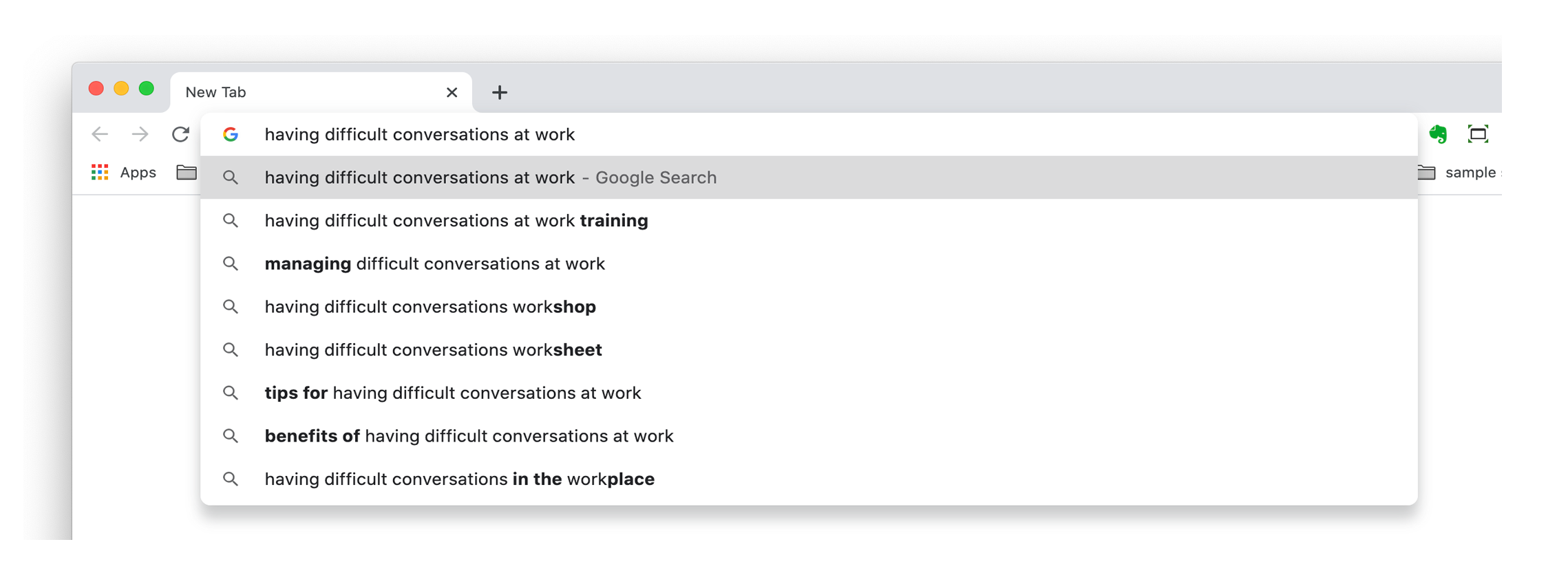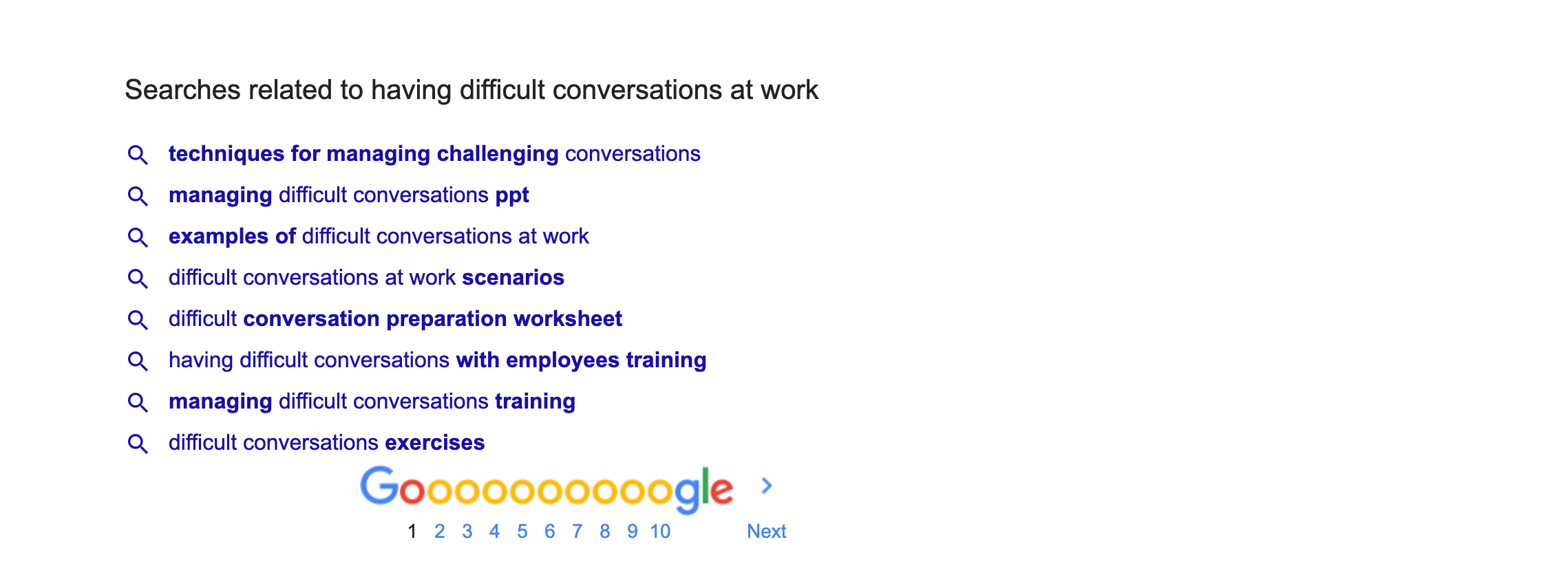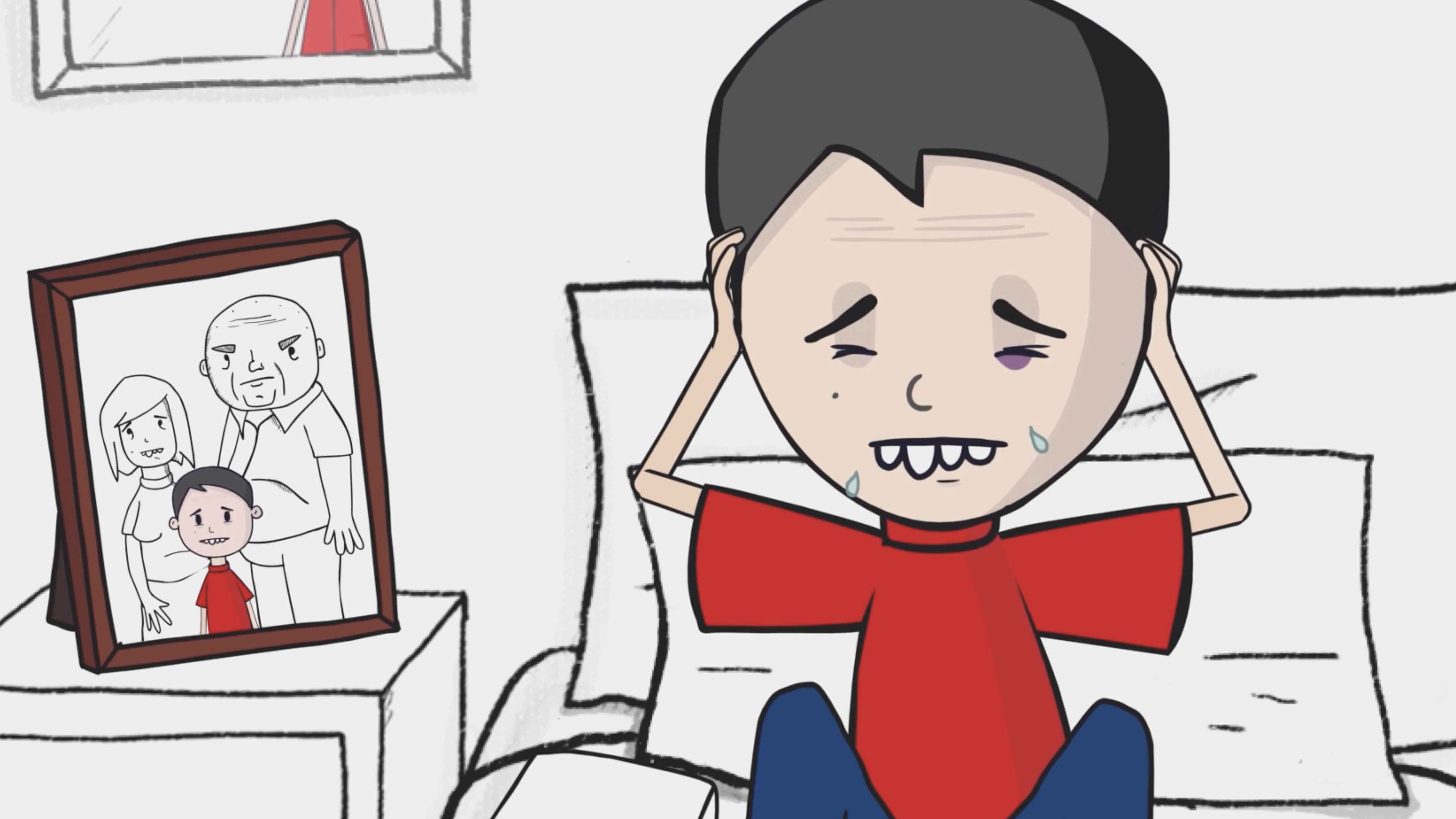What can peeing on the floor tell us about improving public health behaviours?
What can peeing on the floor tell us about improving public health behaviours?
Deep in the bowels of Schiphol Airport, there sits a fly at the bottom of each urinal. The fly's aim - if you will pardon the pun - is to encourage men to direct their wee into the urinal and not the floor.
According to Klaus Reichardt, who came up with the idea of printing a fly on the porcelain, 'nothing works as effectively as getting men to aim in the right place'.
And it's getting people to do the right thing for their health which lies at the heart of public health campaign messages. What works best? Should we scare people into doing the right thing, persuade them by emphasising the rewards of their behaviour change - or maybe we give them a gentle, non-coercive, non-authoritarian and non-obtrusive nudge towards making the right choice.
It's the theory behind an intervention called Nudge Theory, and it's application in public health campaigns and behaviour change, that we will cover in this blog.
Nudge theory has been around for some time and is founded on behavioural science. The first formulation of the term and associated principles was developed in cybernetics - the scientific study of how humans, animals and machines control and communicate with each other.
The theory first gained prominence in 2008, with the publication of a book called Nudge: Improving Decisions About Health, Wealth, and Happiness by Richard Thaler and Cass Sunstein.
In their book, Thaler and Sunstein describe nudges as 'any aspect of the choice architecture that alters peoples behaviour in a predictable way without forbidding any options or significantly changing their economic incentives. To count as a mere nudge, the intervention must be easy and cheap to avoid.'
Nudge theory encourages and allows people to make the right choices — no compulsion, no bans - no 'nanny-state'. Most of the time you won't even realise it's happening.
Take the fly in the urinal example: There is no sign saying 'don't pee on the floor'. There is no information highlighting the dangers, or how much of a pain it is for airport staff to clean up the mess. Just a small printed fly, sitting at the bottom of the bowl - result - 80% reduction in spillage. Although to be honest, we have no idea how they managed to measure less wee on the floor.
Behavioural Insights Unit
Nudge theory quickly gained a following among politicians and organisations across the globe as a cheap and fast way to change behaviour.
In 2009, then-US president Barack Obama made Sunstein the head of The Office of Information and Regulatory Affairs, charged with using nudges to improve regulations.
In 2010 David Cameron set up a Behavioural Insights Unit (BIT) to promote nudges. Other countries, including Canada, Germany, and Qatar, set up similar initiatives.
Companies like General Motors (GM) took the lesson of Nudge seriously. For years, GM invited women to join its employee resources group, GM Women, when they joined the company. Now the GM enrols them automatically, requiring the women to opt-out if they don't want to belong, which has led to increased involvement in GM women.
At the core of Nudge Theory lies a philosophy called Libertarian Paternalism.
What is Libertarian Paternalism?
The Libertarian bit of Libertarian Paternalism starts with the premise that people should be free to choose, to do what they like, have freedom of choice. The Paternalism bit suggests that it is OK for Governments and organisations to nudge people into making decisions that will improve their lives and health.
People don't always make the right decisions, the ones that will improve our health and help us eat healthier, take more exercise. We all lead busy lives and don't always have the information or opportunity to make those choices. Sometimes it is just easier to make a familiar choice, the one that is in front of us, the one we are familiar with.
Libertarian Paternalism claims it can help us make them without being bossy and opinionated. A nudge doesn't ban or block anything; it doesn't cost us anything if we ignore it; there are no sanctions for ignoring it. If you want to continue eating food that is bad for your health and makes you obese - go for it.
But choice architects can try to nudge us into making the correct choices. Putting the healthiest food at eye level and within reach while leaving the cheese and onion pasties on the bottom shelf would count as a nudge - banning cheese and onion pasties wouldn't.
What is choice architecture?
Choice architecture is all around us. It influences the way things are presented to us. Changing these presentations can help us make better choices.
Supermarkets use choice architecture to control the way we move around their stores. They group items and special offers to encourage us to buy things we may not otherwise buy.
Listing the calorie count and percentage of fats and sugars on food products are nudges. They don't ban food that contains lots of fat or sugars, or make their purchase difficult; there is no penalty for not choosing the healthiest option (apart from your waistline). They merely provide information and leave us to make a choice - we decide whether to act on the information.
Examples of choice architecture
The fly in the urinal at Schiphol Airport we mentioned at the beginning of this blog is probably one of the most well-known examples of choice architecture because it appeared in Thaler and Sunstein's book. But let's look at some other cases of how the effective use of choice architecture can nudge us into making the right decisions.
Nudges for attending Doctor's appointments
The Knowledge Centre at the University of Warick experimented to see if they could reduce the number of missed GP appointments.
They conducted two randomised controlled trials testing the impact of a re-worded reminder on 'Did Not Attend' (DNA) rates.
In an initial trial of 10,000 patients, a reminder text message, sent in advance, that highlighted the cost of a missed appointment to the health system produced a DNA rate of 8.4 per cent, compared to 11.1 per cent for the existing message.
A simple tweak to a message made a significant saving to already stretched budgets.
Nudges for organ donation
Countries which have an opt-in system for organ donation may have donation rates as low as 15%. Countries who have organ donation as a yes default option can see rates reaching upwards of 80%.
Nudges for Road Safety
Drivers may have noticed a series of lines on the road as they approach dangerous sections. The stripes gradually become closer together, giving the illusion that you are driving faster as you approach a hazardous bend or junction. There are no speed bumps, no speed cameras - just a series of decreasing lines, nudging you to touch the brake.
Nudges for paying your taxes
The UK Government behavioural insight team, or the nudges unit, as it became known added a line of text to tax reminders which reminded people that most people in their area had already paid their taxes. The result was a 15% increase in payment rates: no threats, no coercion, just a gentle nudge.
Nudges for reducing alcohol consumption
A group of student who drank excessively were sent a series of text message which ranked their drinking in comparison to their peers.
The message that told them they were in the top 10% of the heaviest drinkers led to half the excessive drinkers requesting more information about alcohol.
Only 5% from the group, who received the message comparing their drinking to official guidelines, asked for more alcohol advice.
The sample size for this test was small, but it does suggest that reframing the message, and setting it in a different context can improve its effectiveness.
Nudges for reducing the consumption of sugary drinks
A recent study, by a well-known fast-food restaurant, explored if you can influence which soft drink consumers select on a touchscreen kiosk, just by changing the order of the drinks. In the current study, the Coca-Cola icon was moved from the first to last location and the Coke Zero icon from the third to first.
The intervention decreased the number of times Coca-Cola was sold and increased the number of times Coke Zero (sugar-free) was sold. The result highlights how choice architecture helps modify real-world behaviour.
Using nudge theory in healthcare
With decreasing NHS budgets and increasing pressure on resources, it's no surprise that Nudge Theory has become popular amongst politicians and healthcare organisations.
Nudges can have a positive cost-benefit consequence. Small changes that don't require costly interventions and enforcement can, and have, played a role in improving health behaviours and outcomes.
You can commission the Substance Studio
You can commission the Substance Studio to create and design your public health campaigns and resources. Our creative team can work with you on concepts, copy, graphics, websites, print, and digital marketing.
Further reading
- Created on .
- Hits: 2924




